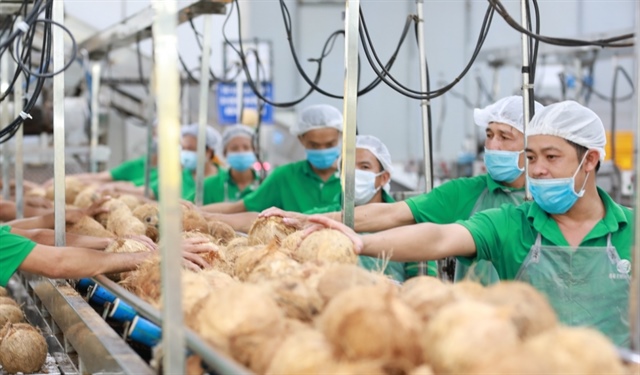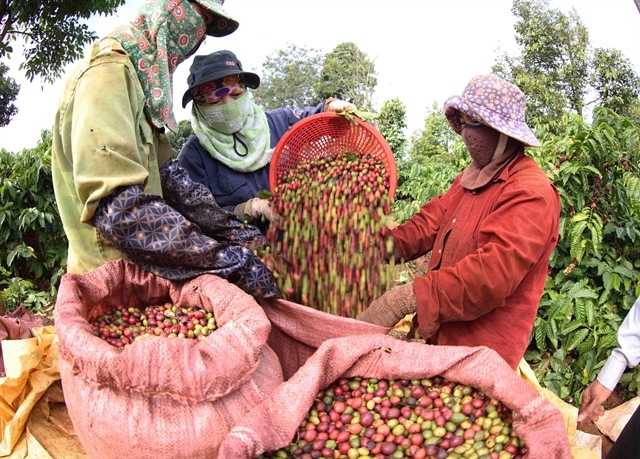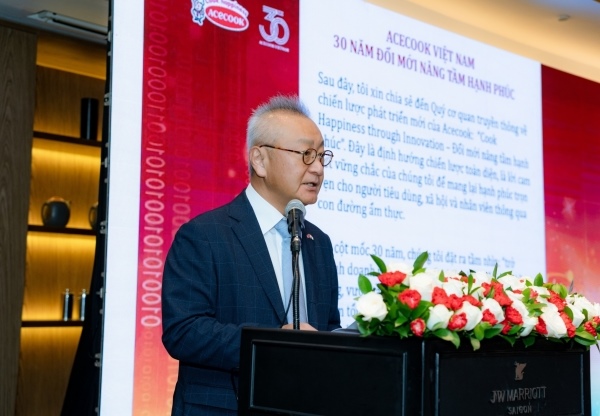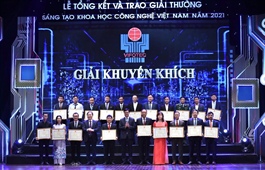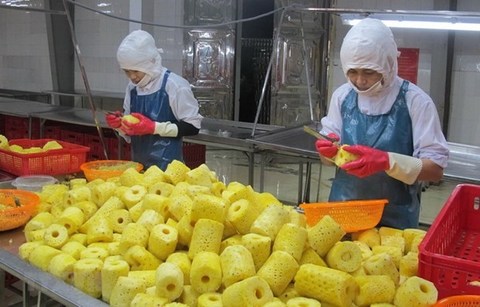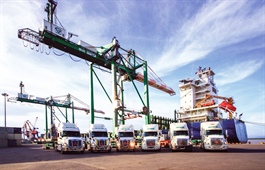Pacific Rim deal boosts exports
Pacific Rim deal boosts exports
Vietnam's exports to markets of the Pacific Rim trade deal have increased rapidly since the agreement took effect on January 14, 2019.
According to the Ministry of Industry and Trade, in the first eight months of 2022, Vietnam’s exports to CPTPP (Comprehensive and Progressive Agreement for Trans-Pacific Partnership) markets hit US$41 billion, up 38.7 percent from the same period in 2021, with a trade surplus of US$6 billion. Exports to Canada, Mexico, Peru, and Chile, in particular, have recorded impressive growth.

Mexico, a CPTPP signatory, has become the world’s third largest importer of Vietnamese tra fish, after China and the US |
According to Le Hang, Communications Director of the Vietnam Association of Seafood Exporters and Producers (VASEP), Canada accounted for 2.7 percent of Vietnam's seafood export value before the CPTPP agreement took effect, and the rate has increased to 3.7 percent. The contribution by Mexico increased from 1 to 1.3 percent, making it the world’s third largest importer of Vietnamese tra fish, after China and the US.
CPTPP countries represented less than 10 percent of Vietnam’s leather and footwear export value before the agreement took effect, and now account for more than 14 percent.
The CPTPP’s rules of origin help boost Vietnam’s development of domestic raw materials and production chains, as well as enterprises’ capabilities.
According to the Ministry of Industry and Trade, the CPTPP’s tariff incentives provide opportunities for Vietnamese exports to the agreement’s markets. Figures show that Vietnam is the only CPTPP member that has seen its market share in Canada and Mexico increasing, according to Nguyen Thi Thu Trang, Director of the WTO and Integration Center at the Vietnam Chamber of Commerce and Industry (VCCI). Vietnam’s market share in Canada rose from 0.9 percent in 2017 to 1.2 percent in 2019 – the first year of CPTPP implementation – and 1.6 percent last year. Meanwhile, Vietnam’s market share in Mexico expanded from 0.9 percent in 2018 to 1.7 percent in 2021.
The figures reflect Vietnam’s success in utilizing tariff incentives under the deal to access the Americas, Trang noted.
Phan Thi Thanh Xuan, Vice Chair and General Secretary of the Vietnam Leather, Footwear and Handbag Association (LEFASO), said the CPTPP has become a driving force of major changes in the leather and footwear industry.
However, Vietnam’s exports to CPTPP markets also face challenges. According to Nguyen Thi Thu Trang, Vietnam has advantages in trade with Canada and Mexico, as its Asian rivals – Indonesia and the Philippines, for example – do not have a free trade agreement (FTA) with these two countries. However, this advantage is expected to be eroded as soon as the Canada-ASEAN Free Trade Agreement is signed and takes effect.

The CPTPP has become a driving force of major changes in the leather and footwear industry |
Vo Hong Anh, Deputy Director of the Ministry of Industry and Trade’s European-American Market Department also pointed to obstacles in the access of Vietnamese exporters to the Americas, such as distance that means greater costs and longer delivery. Other roadblocks lie in market standards, especially in North America, and language barriers with the Spanish-speaking Latin American nations, she continued.
In order to overcome the challenges, according to Nguyen Thi Thu Trang of the WTO and Integration Center, Vietnamese enterprises must improve their capacity building and competitiveness and make efforts to meet standards and regulations on origin of goods. The Ministry of Industry and Trade, Trang added, must supply enterprises with regular market trend updates, adopt policies to support enterprises, especially small and medium sized enterprises in market access, boost digitalization, and develop skilled workforces.
| In order to efficiently exploit the CPTPP, the Ministry of Industry and Trade will continue to promote institutional development, improve the business environment, help enterprises boost competitiveness, and resolve businesses’ problems. |


